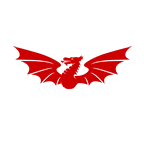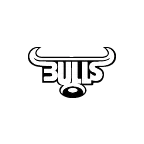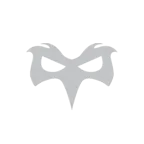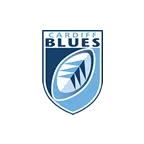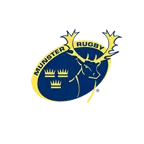Watch many of the world’s finest domestic sides battle for supremacy in the United Rugby Championship. As one of Europe’s three major professional rugby leagues (alongside the Premiership and the Top 14), this annual rugby competition features elite sides from Ireland, Italy, Scotland, South Africa and Wales.
Getting ready for the upcoming United Rugby Championship? Here at RugbyPass, you’ll discover a wealth of information about the tournament, from the latest news and results to stats and upcoming matches. Browse below to find out more.
History of the United Rugby Championship
The history of the United Rugby Championship can be traced back to 1999, when the Welsh-Scottish League was formed. Three seasons later and the tournament expanded for the first time. Teams from Ireland joined the competition and it became known as the Celtic League.
At the start of the 2010-11 season, the competition expanded once more and two Italian teams joined. At this stage, the competition became known as the PRO12. After several more successful seasons, the competition grew once again and became known as the PRO14, when two teams from South Africa joined. Fast forward to 2021 and four South African teams from Super Rugby joined the PRO14 and the United Rugby Championship was born.
Format of the United Rugby Championship
Sixteen teams compete in the United Rugby Championship, including four Irish teams, two Italian teams, two Scottish teams, four South African teams and four Welsh teams. These teams are split into four regional pools, with the Scottish and Italian teams featuring in the same pool to make four pools of four teams.
Each side plays against their regional pool rivals at home and away. They also play a further 12 matches against sides from the other pools. At the end of the round-robin phase, the top eight sides in the United Rugby Championship table progress to the playoffs.
Additionally, the top side from each regional pool in the United Rugby Championship also qualifies for the Heineken Champions Cup. The remaining four places in the competition then go to the highest ranked teams who have not yet qualified. The eight remaining teams then play in the European Rugby Challenge Cup.


















